Recognizing hazards is one of the most effective ways to prevent injuries and incidents in the workplace.
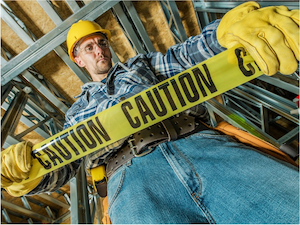
A hazard is anything that has the potential to cause harm. When hazards are identified early, steps can be taken to eliminate or control them before they lead to serious consequences.
Many workplace accidents occur simply because a hazard was overlooked or ignored. Taking time to observe the surroundings, think critically, and encourage reporting helps prevent injuries and keeps operations running smoothly.
Before any task begins, it’s important that workers consider what could go wrong. Are there conditions that might lead to a slip, trip, or impact? Could an error be made because of poor visibility, distractions, or changes in the workflow? Even familiar work activities deserve a fresh look to determine whether conditions have changed since the last time the task was completed.
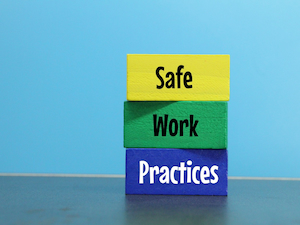
Hazard recognition involves identifying potential dangers before an incident happens. It includes watching for obvious risks but also recognizing less visible issues, such as poor lighting, equipment beginning to wear out, or unsafe behaviors developing over time. Some hazards are clear at a glance, while others emerge gradually.
Common categories of hazards include:
- Physical – slips, trips, falls, cuts, burns, or electrical shock
- Ergonomic – repetitive motion, awkward posture, or heavy lifting
- Chemical – harmful substances like cleaning solutions, fumes, or flammable materials
- Biological – bacteria, viruses, mold, and other infectious agents
- Noise – loud environments that damage hearing or make communication difficult
- Environmental – extreme temperatures, poor lighting, or inadequate ventilation
- Behavioral – unsafe actions like rushing, ignoring procedures, or taking shortcuts
Some hazards are dynamic and change based on the environment, the weather, the time of day, or the specific task being performed. Continuous awareness throughout each shift is essential to catch these evolving risks before they result in harm.
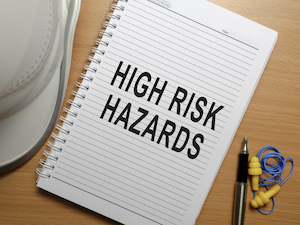
Not every hazard originates from equipment or the work environment. Many hazards are the result of bad decisions or inadequate training like disabling safety guards, neglecting PPE requirements, using tools improperly, or working while fatigued or impaired. Strong situational awareness is critical which means maintaining a clear view of the work area, understanding how coworkers’ actions may introduce risk, and noting anything unusual that could indicate danger.
Throughout the workday, it is important that workers stay alert to new or unexpected sounds, movement in the surroundings, weather changes affecting outdoor work, equipment that appears to malfunction, blocked pathways or exits, and signs of distraction among team members.
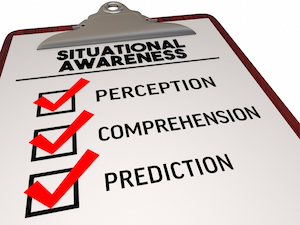
Recognizing a hazard is only the first step. Once identified, appropriate action must follow and workers must know what to do. This means stopping to assess the situation and then determining whether the hazard can be corrected immediately or if it needs to be reported. Taking temporary measures like marking off a wet floor or removing a damaged tool from service can prevent harm while a long-term solution is arranged. Communication is also key because alerting others nearby to a hazard can prevent further exposure to the risk.
Some hazards are easily overlooked, such as blocked fire exits, frayed electrical cords, loose guardrails, poor lighting in high-traffic areas, or leaks and spills that create slip hazards. Even near misses, situations where an accident nearly occurred, are critical warning signs that deserve attention and prompt follow-up.
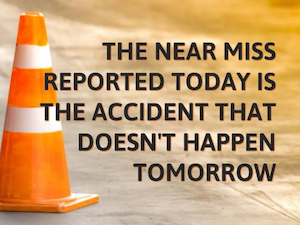
Hazard recognition works best when it becomes a routine part of the job. Making time to check the surroundings before each task, inspecting tools and equipment regularly, staying aware of posture and movement, and refusing to accept unsafe conditions as normal are all key habits that support a safer work environment. Clear procedures, consistent reporting, and open communication make it easier to control hazards before they escalate.
Everyone in the workplace contributes to recognizing and controlling hazards. The earlier a hazard is identified, the easier it is to address. Encouraging workers to stay alert and speak up about concerns helps to foster a culture where hazards are quickly corrected which protects both people and operations.
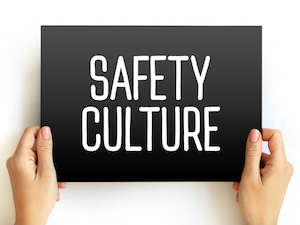

.jpeg)
